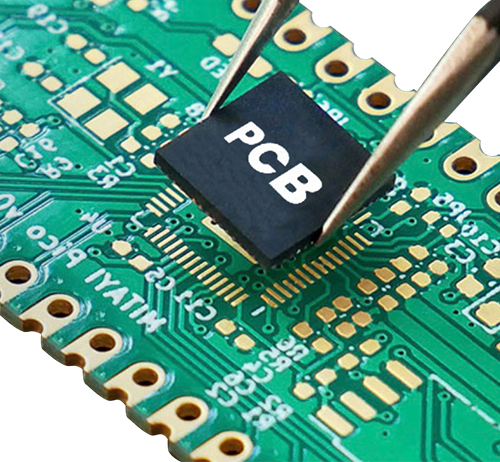Time:2022-12-01 Visit:
At present, in the manufacturing of printed circuit boards in PCB factories, most of the wires are copper wires. The physical characteristics of copper metal itself determine that there must be a certain impedance in the conductive process. The inductance component in the wire will affect the transmission of voltage signals, while the resistance component will affect the transmission of current signals, especially in high-frequency lines.
A section of wire on the printed circuit board can be regarded as a very regular rectangular copper strip. We take a section of wire with a length of 10cm, a width of 1.5mm and a thickness of 50 μ The impedance of m conductor can be seen through calculation.
The conductor resistance can be calculated by the formula:
R= ρ L/s(Ω)
Where, L is the length of conductor (m), s is the sectional area of conductor (mm2), ρ Is resistivity ρ= 0.02. Through calculation, the resistance of the wire is about 0.026 Ω.
When the length of a section of conductor far away from other conductors is far greater than the width, the self inductance of the conductor is 0.8 μ H/m, then the conductor with a length of 10cm has 0.08 μ Inductance of H. Then the PCB factory can calculate the inductive reactance of the board reading wire according to the following formula:
XL=2πfL
Where π is a constant, f is the frequency (Hz) of the signal through which the conductor passes, and L is the self inductance (H) of the conductor per unit length. In this way, we can calculate the inductance of the conductor at low frequency and high frequency respectively:
When f=10KHz, XL=6.28 × ten × one hundred and three × zero point zero eight × 10-6≈0.005Ω;
When f=30MHz, XL=6.28 × thirty × one hundred and six × zero point zero eight × 10-6≈16Ω

From the above formula calculation, we can see that in low-frequency signal transmission, the wire resistance is greater than the wire inductance, while in high-frequency signal, the wire inductance is far greater than the wire resistance